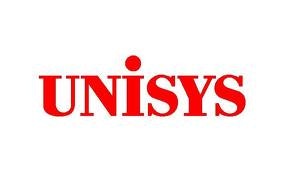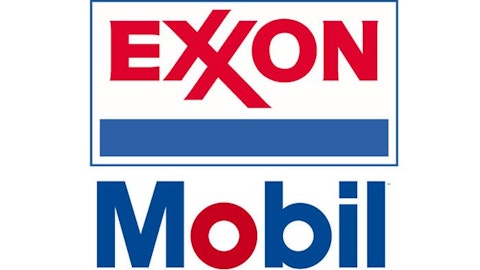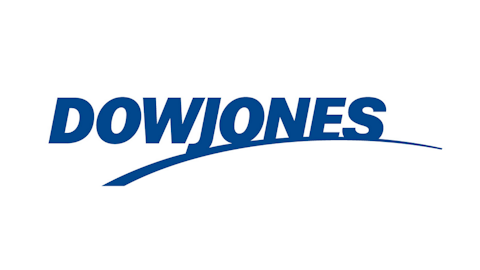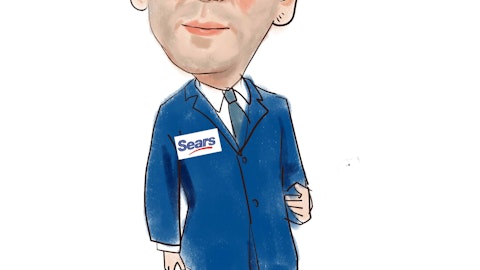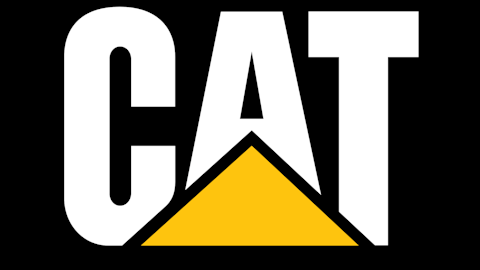On this day in economic and business history…
We like to think of computers as silicon-driven enablers of our modern lifestyle, offering connectivity, productivity, education, and entertainment all in one package. But before computers evolved to fit in your pocket and play Angry Birds, they had to serve highly specific computational functions. Popular culture calls ENIAC the first true computer, but even that monster machine had its antecedent. In fact, the first mechanical predecessor to modern computers was unveiled to the scientific world more than a century before ENIAC, on June 14, 1822. That was the day Charles Babbage submitted a paper describing the design for his “Difference Engine” to London’s Royal Astronomical Society.
Babbage proposed the difference engine as a way to automate the calculation of “astronomical and mathematical tables,” as his paper’s title put it. Producing these polynomial tables was a difficult, time-consuming process — the perfect work to delegate to a computer!
The British government expressed immediate interest in the project and a year later gave Babbage 1,700 pounds to start building his difference engine. Babbage had to build something so precise that it had never before been conceived in detail (the concept of a difference engine dates to the late 18th century, but Babbage was the first to provide viable designs), and he had to do it with the tools available in the 1820s. It was not an easy task. In fact, it proved virtually impossible. Babbage would spend nearly two decades and 17,000 pounds (equal to more than $18 million in terms of a contemporary British laborer’s earning power) trying to build a difference engine before the government ended the project in 1842. By this point, Babbage had already devised a successor to the difference engine, called the “Analytical Engine,” which has been described as the first general-purpose computer ever devised.
Babbage’s designs and ambitions were so far ahead of his time that no complete examples of either machine were ever built in his lifetime. However, the project was revived nearly two centuries later, and a working difference engine — weighing five tons and consisting of 8,000 parts — was finally built in 1991 at the Science Museum of London. Babbage had also designed a printer to output the difference engine’s results, and this was built in 2000. Both devices still work perfectly. A second, identical difference engine was built for the Computer History Museum in Mountain View, Calif., in 2008, and you can see it in operation below (or at the museum):
You can also (with enough time and expertise) build your own, out of LEGOs:
The dawn of commercial computing
UNIVAC, the world’s first commercially produced digital computer, was turned on at the U.S. Census Bureau exactly 129 years after Babbage’s presentation set computing in motion. That day, on June 14, 1951, J. Presper Eckert and John Mauchly became the fathers of not only modern computing, but also the modern computing industry — six years earlier, the duo had also brought ENIAC to life.
UNIVAC had 5,200 vacuum tubes and 18,000 crystal diodes and guzzled 125 kilowatts of electricity once turned on. It could complete about 1,900 operations per second and could store 1,000 12-character “words,” the equivalent of two instructions. By comparison, the typical desktop PC uses up to 250 watts, and most laptops use 60 watts at most, while operating millions of times faster. UNIVAC’s printer, however, was pretty speedy, even by modern standards: The machine could spit out 600 lines per minute — the equivalent of 10 to 13 pages of 8.5-inch by 11-inch paper, depending on formatting.
Originally built by Eckert and Mauchly under their own brand, UNIVAC proved so costly and time-consuming to develop that the duo sold their business to Remington-Rand — which still operates in the computing industry today as Unisys Corporation (NYSE:UIS) — before completing the project. UNIVAC was designed from the ground up for business use rather than scientific calculation, and represented the first real digital threat to IBM‘s punched-card tabulators, which had been the Census Bureau’s preferred number-crunching tools for decades. However, their astronomically high cost — $750,000 for the eight-ton machine and another $185,000 for the high-speed printer — kept UNIVAC from becoming a big-business hit, even after it nailed the results of President Dwight Eisenhower’s landslide 1952 election victory with only 1% of the vote recorded. That wasn’t for lack of trying on Remington Rand’s part:
Remington Rand/Unisys Corporation (NYSE:UIS) sold 46 of the original UNIVAC systems, the last of which continued to operate until 1970 for a Tennessee life insurance company. The emergence of UNIVAC forced IBM to ramp up development of its own mainframe computers, the first of which, the 701 Electronic Data Processing Machine, debuted only a year after UNIVAC. Unisys continued to sell mainframes under the UNIVAC name until the early 1980s, when the mainframe market was obliterated by the rise of IBM PCs. However, it never caught up to IBM, which threw its superior financial and research capabilities wholeheartedly into the computing era and saw sales explode as a result.
Today, the global technology industry accounts for an estimated $1.1 trillion in global revenue each year, and its products and services help drive trillions of additional dollars through the global economy. The Dow Jones Industrial Average contained no computing components when UNIVAC turned on in 1951, and today it has five, which make up about 16% of the index’s total weighting and which combined for more than $400 billion in revenue during the 60th year following UNIVAC’s first operation.
The article The Computer So Advanced It Took 200 Years to Build originally appeared on Fool.com.
Fool contributor Alex Planes holds no financial position in any company mentioned here. Add him on Google+ or follow him on Twitter @TMFBiggles for more insight into markets, history, and technology.The Motley Fool owns shares of International Business Machines (NYSE:IBM).
Copyright © 1995 – 2013 The Motley Fool, LLC. All rights reserved. The Motley Fool has a disclosure policy.
